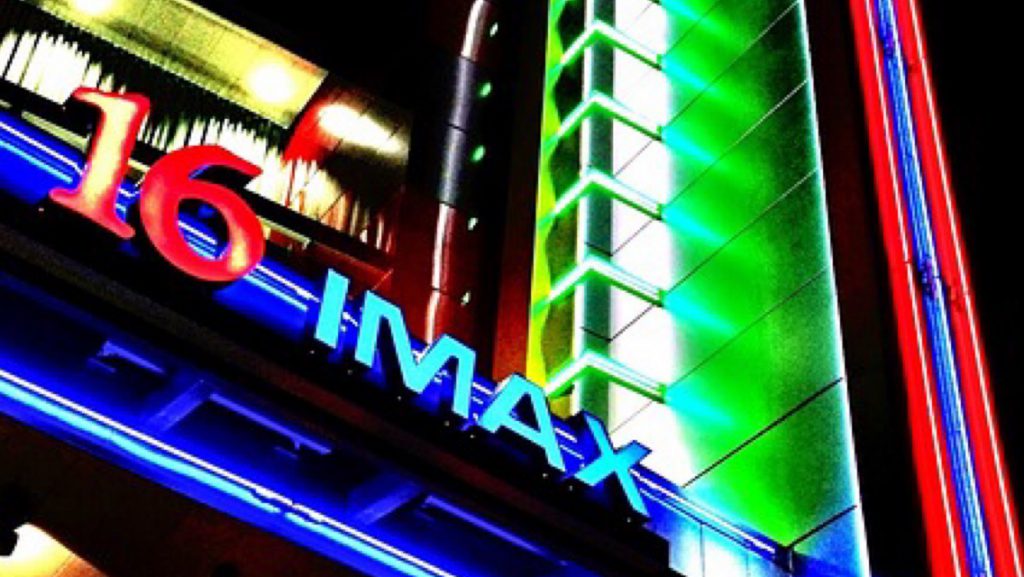In a new series of videos, Zacuto Producer/Director Steve Weiss looks into the future and sees a new funding model emerging (skip ahead to 3:00 if you’re short on time):
“I think that when cable dies, which is going to happen in the next five or six years, that companies—Ford will have their own shows, Target will have their own shows. Amazon has their own shows!”
I think he’s on to something.
We can all agree making movies costs money. The question is, “Who’s paying?”
There are really only two ways to pay for the media you watch. Either you pay directly (through ticket purchases or Cable TV subscriptions, etc.), or someone else pays. And that someone else is usually Advertisers.
The problem is that Google and Facebook have disrupted the Ad Business and now take the lion’s share of the global ad spend.
The recent, pre-Internet televison model was that TV Networks (the Gatekeepers) would contract producers to make shows. How did the Gatekeepers get paid? By selling ads. This situation supported Ad Agencies and lots of Professionals to make and place those ads.
The Brand’s message was intermediated by the Ad Agency and then the TV Networks. And the shows were somewhat entertaining, if you just ignored the commercials.
The Digital Revolution (which lowered production costs and correspondingly increased content) now allows the direct delivery of both content and advertising to viewers, bypassing the Gatekeepers.
I think the real problem remains: people hate commercials that too often interrupt or otherwise annoy them.
So what if Brands worked directly with Professionals on Programming, not Advertising?
This is what Weiss is getting at, I think.
Cases in point: Red Bull TV and BMW Films. The key is to align the brand with the content: for Red Bull it’s youth and adrenaline, for BMW it’s cars, class and action.
I think this is a new frontier: local businesses working with local filmmakers to produce mutually thematic content. Shout out to Justus Lowry who is doing something very similar in a documentary vein for culinary culture here in Victoria, BC.
I hate to call this Sponsored Content. Even Brand TV misses out on the synergy I envision. Brand Programming? Can you think of a better label?
My take: This kinda harkens back to the days of the TV Soaps, you know.




